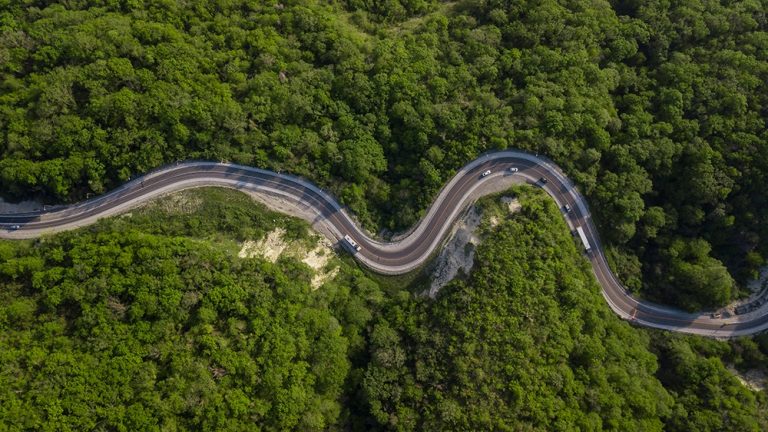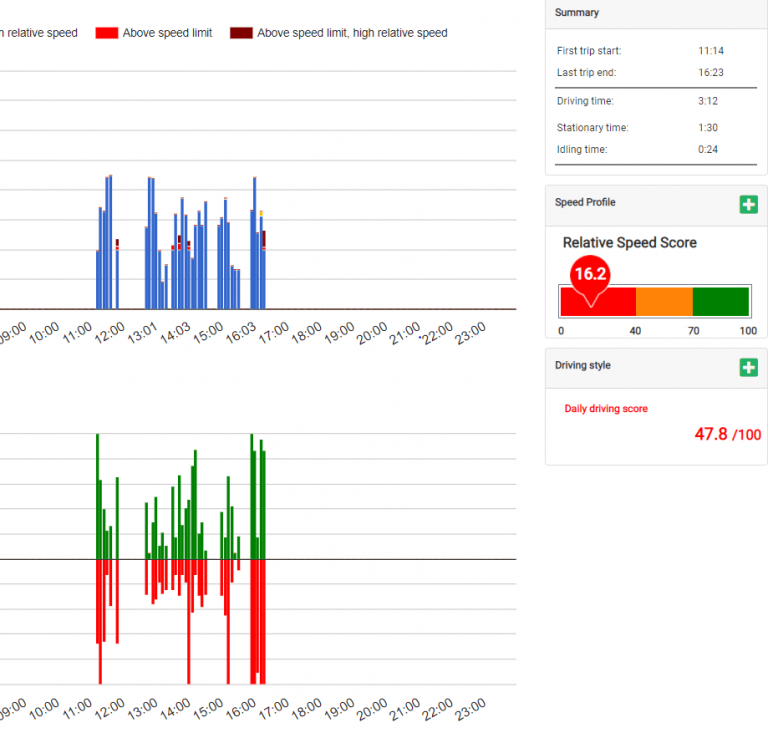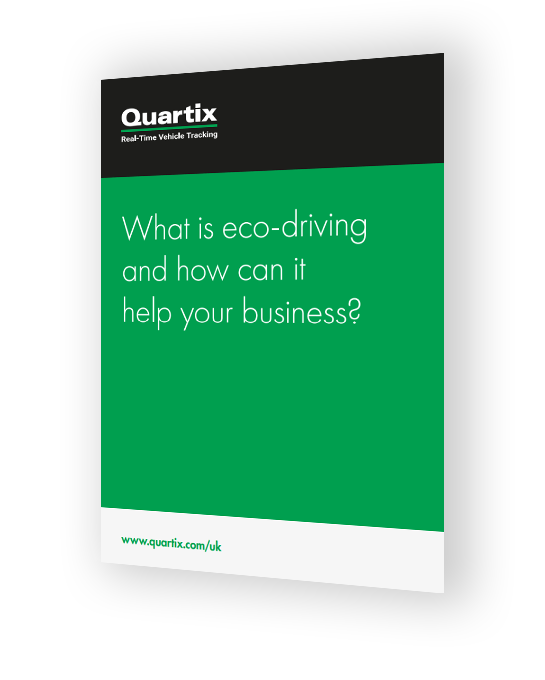Eco-Driving Techniques:The Driver’s Guide
Educate your drivers on how to achieve a better fuel economy for your business with small changes to the way that they drive.
Better fuel-efficiency starts with changing mindsets
Underinflated tyres use
5
% more fuel
Change gears at
2500
RPM
When stopping for over
20
seconds, turn off the engine
WHY ECO-DRIVE?
Substantial fleet savings
Adopting better driving styles has been proven to reduce fleet costs, through decreasing fuel consumption and vehicle maintenance costs, while reducing the risk of accidents. Find out about eco-driving techniques, and how to target problem driving behaviours with the help of a fleet tracking system in our guide.

WHY ECO-DRIVE?
Reduced environmental impact
Eco-driving helps to minimise the environmental impact of your business by reducing fleet emissions. A vehicle tracking system can help you monitor your fleet’s emissions to see just how much difference this makes.

WHY ECO-DRIVE?
A safer fleet
Employing the eco-driving techniques in this guide will help your drivers navigate the roads more safely and fuel-efficiently. Gradual acceleration and braking minimises risk, and insurance companies favour businesses that can demonstrate good driving styles across their fleet.


Reduce your business’ carbon footprint
Encourage your drivers to adopt better techniques
Explore the benefits of eco-driving and establish good practices for your drivers that will help them drive more efficiently, safely and cost-effectively.

Want to know more?
Eco-driving is a responsible driving behaviour aimed at reducing fuel consumption and limiting CO2 emissions. Some eco-driving techniques include: pre-trip vehicle and route checks, using gears in a way that doesn’t overload the engine, and avoiding harsh braking and acceleration. See our fuel-efficient driving infographic for more details.
If your drivers adopt eco-driving techniques it will make their trips more energy-efficient and reduce fleet emissions. It will also reduce fuel consumption and keep your vehicles healthier, as the driving style is kinder to the engine, tyres and other vehicle parts.
Vehicle tracking systems offer driver behaviour monitoring features, allowing you to see the speeds used, and incidents of harsh acceleration and braking. Quartix provides a driver scoring system and driver ID fobs, to help you coach individual drivers and pinpoint any problem driving behaviours.
Many businesses incentivise good driving scores with monthly prizes, to encourage their teams to focus on adopting better driving skills. Sharing knowledge and educating drivers using real telematics data can be an effective way to manage poor driving behaviour.
Eco-driving reduces fuel consumption, so has a direct impact on fleet running costs. But the longer-term benefits of eco-driving, such as better vehicle health, less workshop hours and vehicle downtime, fewer speeding fines, and fewer accidents, all work towards improving your bottom line. Hear Transport Manager, Scott Logan’s, story to understand more about the potential for fleet savings.
Yes! An eco-driving style involves making gradual speed increases and braking more gently to reduce the stress on the vehicle’s engine and brakes. Driving this way requires a greater anticipation of the vehicles and hazards on the road around you, and therefore, you naturally give yourself more time and space to react to potential hazards that may arise. This significantly reduces the risk of accidents. For further insights into safe driving styles, see our SafeSpeed feature.